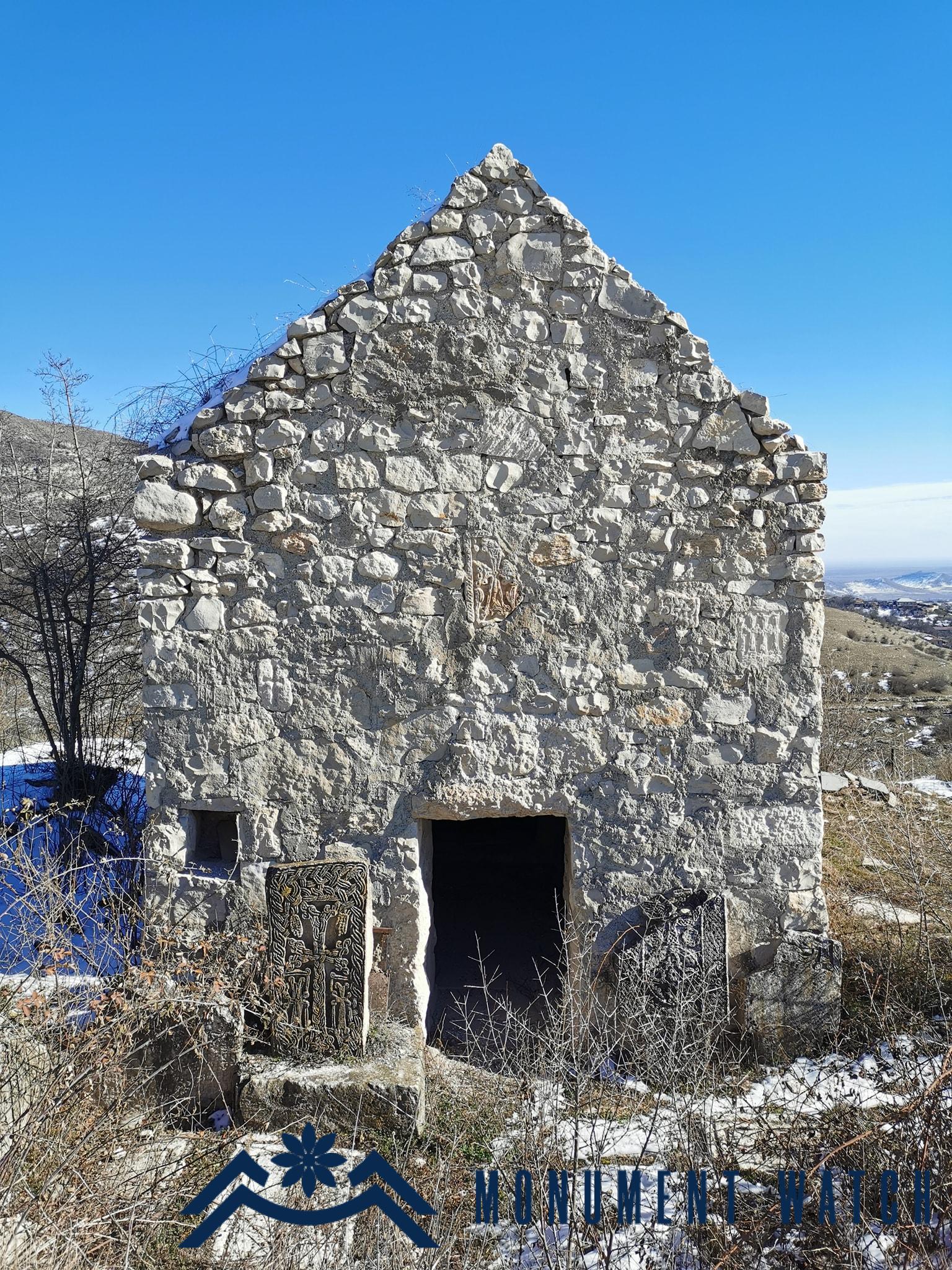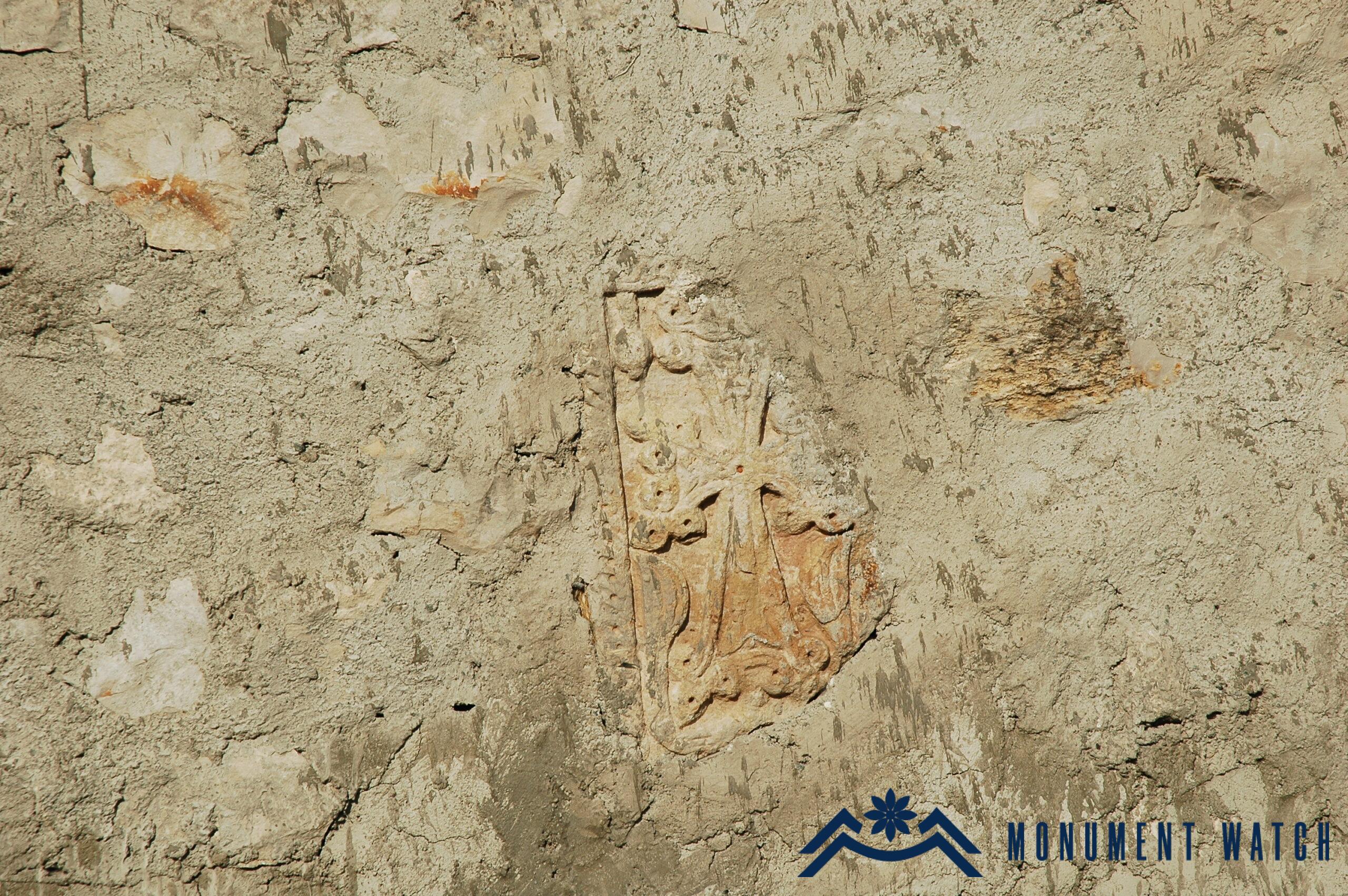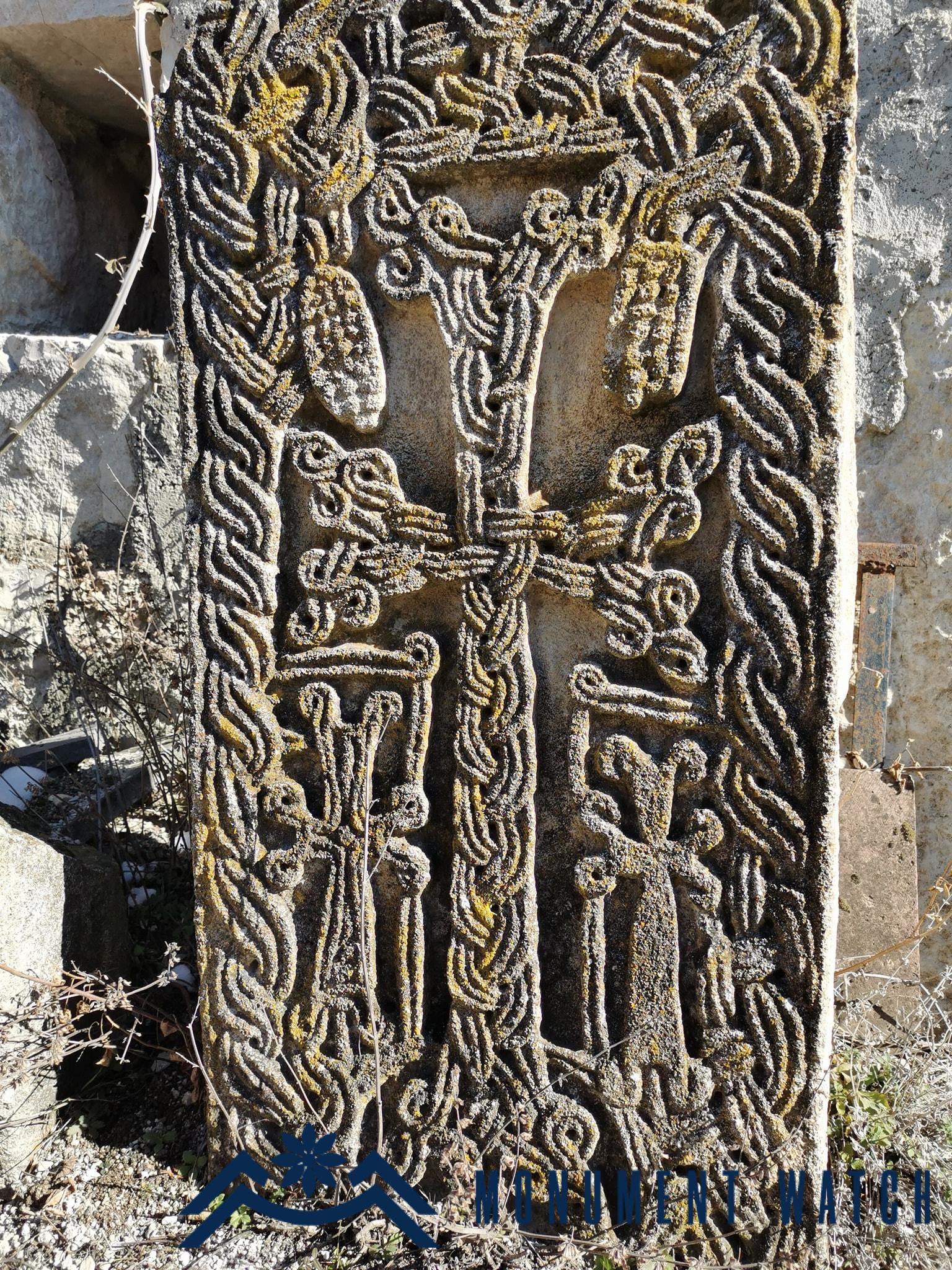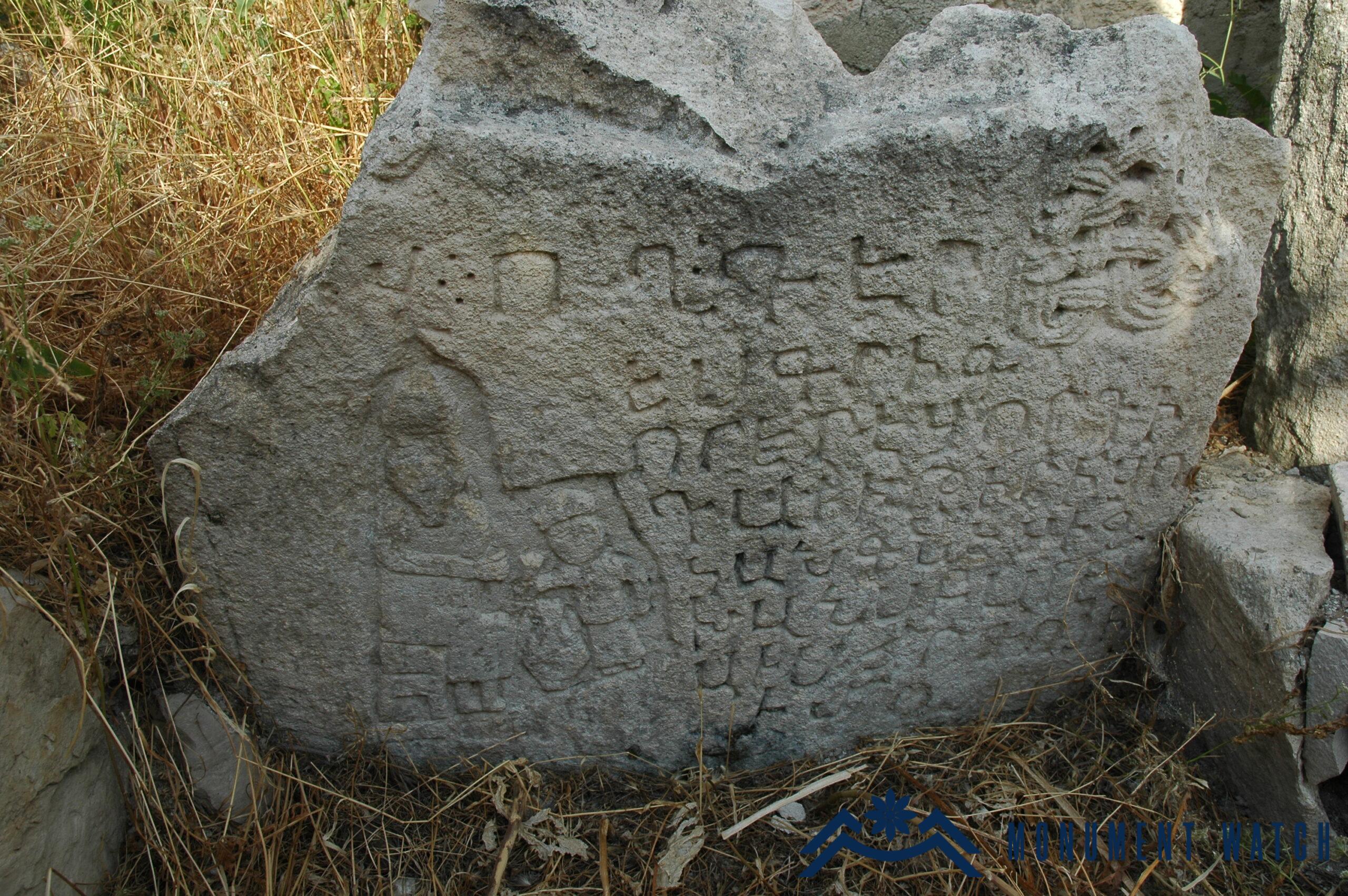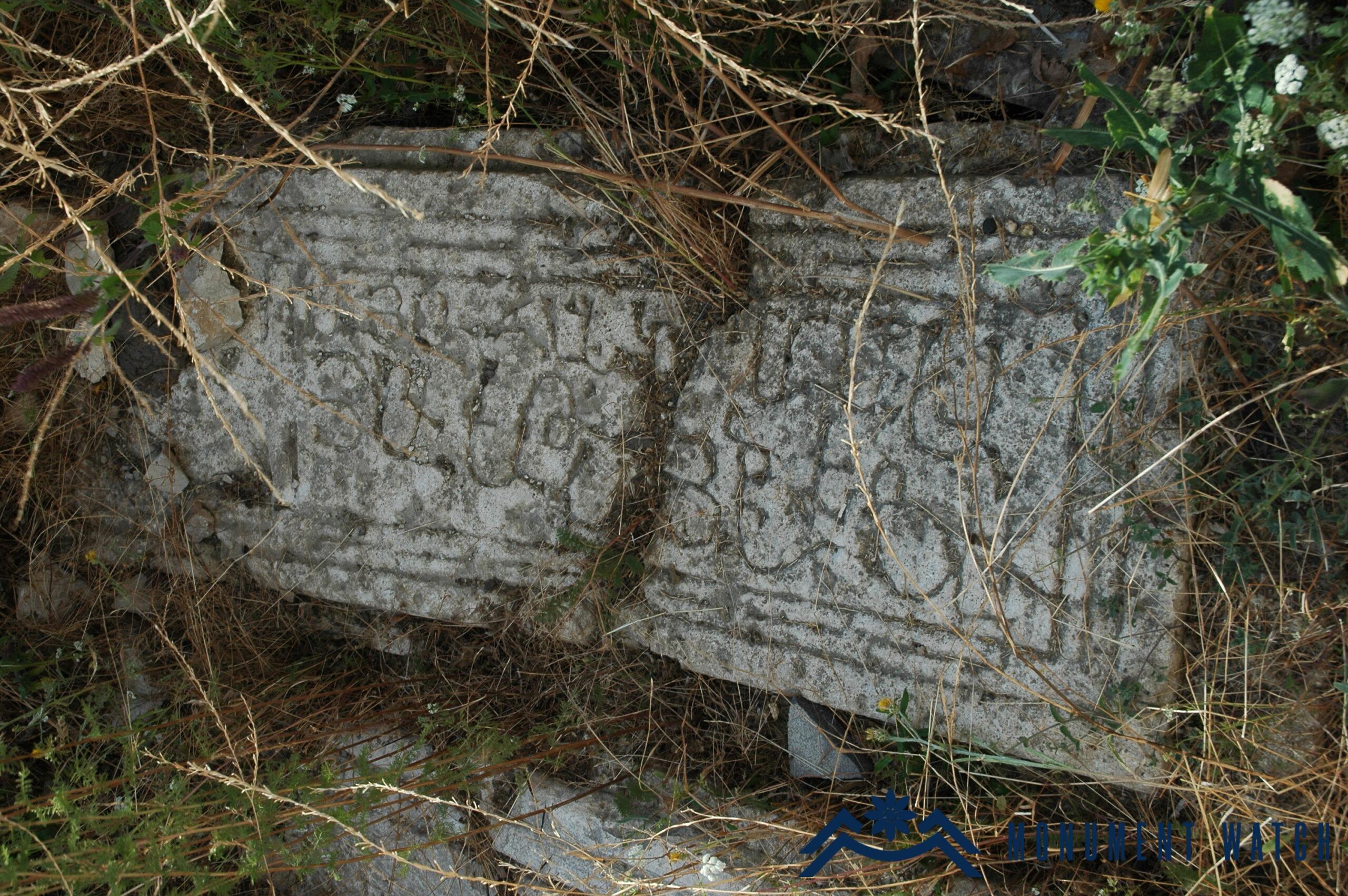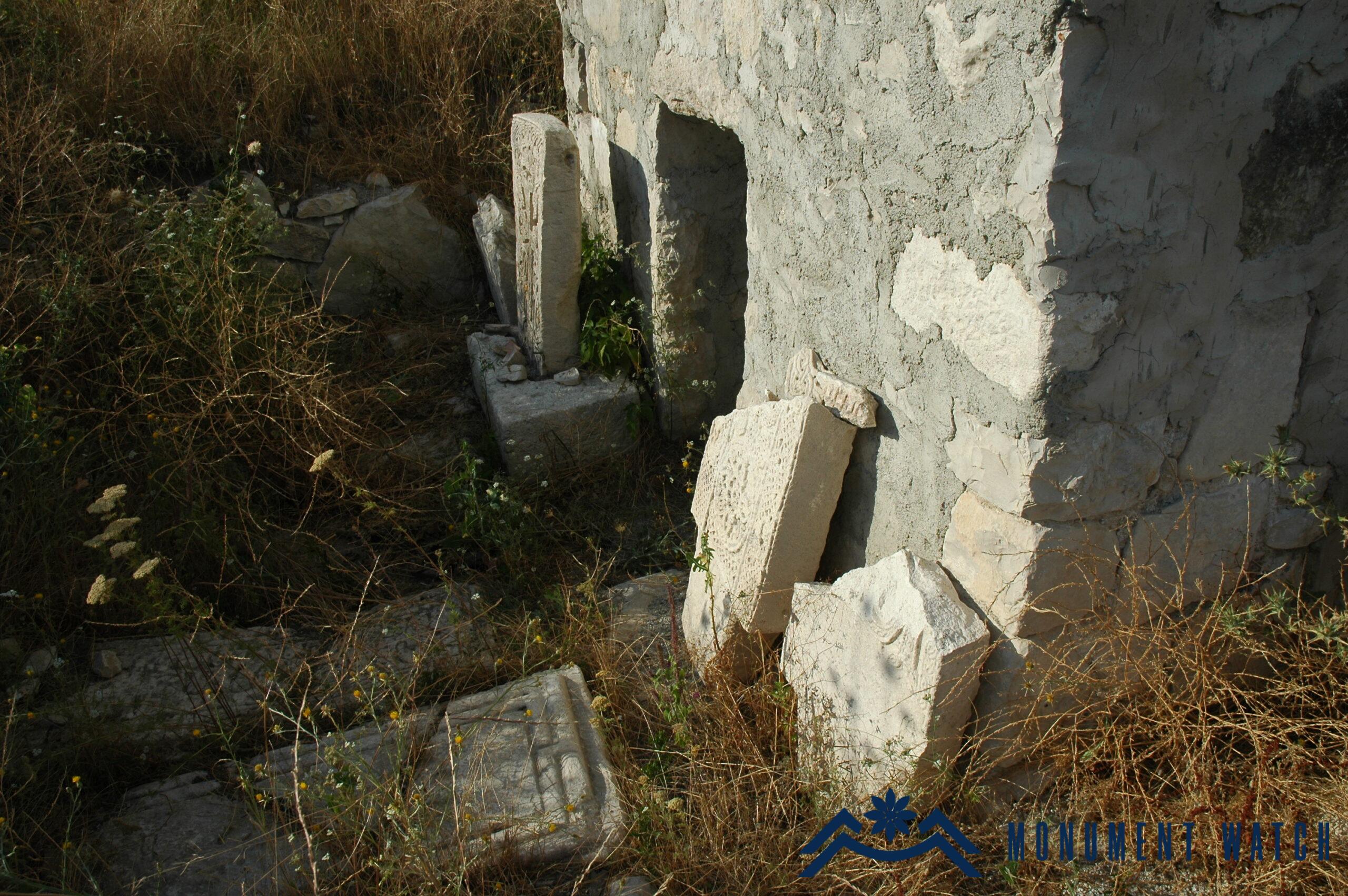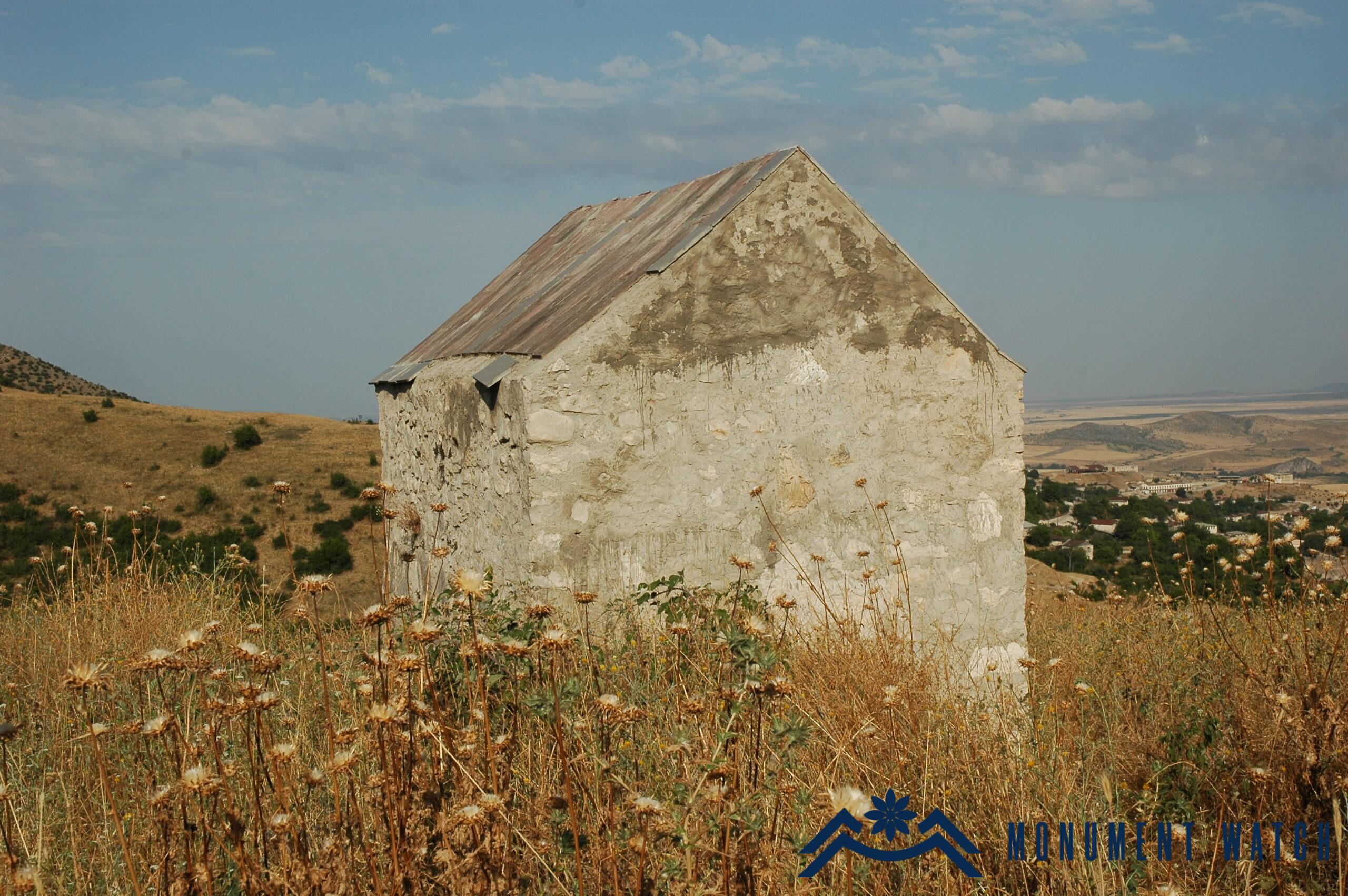The Yereshen Chapel of Khnapat
Location
The Yereshen chapel (Fig. 1) is situated in the Askeran region of the Republic of Artsakh, within the administrative area of Khnapat village, approximately 2 km southwest of the village (Sargsyan 2006, 21).

Historical overview
According to the construction inscription, the Yereshen chapel was built in 1224 by David the elder priest, and his son Grigor. The construction details are documented by S. Sargsyan: "I, Davit the elder priest, and my only son, Grigor the elder priest, constructed this church for the well-being of my soul. To you who are reading, remember in your prayers - Christ will remember you in his kingdom. Year 1224 "(Sargsyan 2006, 22). Makar Barkhudaryants also depicted the ruins of the chapel in the 19th century. "There is an ancient stone-built chapel in the village cemetery" (Barkhutareants 1895, 166).
Architectural-compositional examination
The chapel was constructed using rough small and medium stones and lime mortar. It features a vaulted hall with a rectangular layout, including an eastern rectangular apse and a single western entrance. Khachkars and slabs with cross compositions are embedded in various sections of the western facade (Fig. 2).
On both sides of the entrance, there are khachkars typical of the 13th century, discovered during the excavation and restoration of the church (Figs 3, 4), conducted by Slava Sargsyan. Only the inner part of one of the khachkars has been preserved, featuring a relief and an inscription. The inscription reads, "(1245) I, Grigor the elder priest, son of David the elder priest, raised this cross for the welfare of my soul" (Sargsyan 2006, 22). The relief (Fig. 5) depicts a scene of ritual wine drinking. Grigoris is seated on the throne, while a cupbearer serves wine from a wine jar with a goblet.
The composition of another khachkar illustrates the theme of "waiting for the cross" (Fig. 6). The figures on the right and left of the central cross hold a cross with one hand while the other hand points upwards. This thematic iconography was prevalent in the Khachkar culture of the 12th-13th centuries in Artsakh (Petrosyan, Yeranyan 2022, 39-41). On the west and south sides of the church is the cemetery (Figs 7, and 8). Some of the tombstones bear inscriptions (Sargsyan 2006, 23). Additionally, both tombstones feature the date 1339. The transcriptions and a brief analysis of the inscriptions are provided by S. Sargsyan (Sargsyan 2006, 23).
The condition before and after the war
The Yereshen chapel was restored in 2002-2003 based on the project designed by architect Manushak Titanyan (Figs 9, 10). Unfortunately, cement and other modern building materials were utilized in the restoration of the chapel.
The structure remained undamaged during the 44-day war in 2020. However, as a consequence of the military operations conducted by Azerbaijan on September 19-20, 2023, the territory is now occupied, and the fate of the chapel is unknown.
Bibliography
- Barkhutareants 1895 - M. Barkhutareants, Artsakh, Baku.
- Sargsyan 2006 - Sargsyan S., Khnapat, Yerevan.
- Petrosyan, Yeranyan 2022 - Petrosyan H., Yeranyan N., Monumental culture of Artsakh, Yerevan.
The Yereshen Chapel of Khnapat
Artsakh
